Mastering the installation , maintenance, and troubleshooting of outdoor water spigots is essential for homeowners. Begin by selecting a spigot that matches your climate and water pressure needs, with durable construction materials like high-quality metals and designs like frost-free to prevent freezing. Installation should focus on a convenient location, proper insulation, and secure piping connections. Regular maintenance , including cleaning and inspecting for leaks, will extend the life of the spigot. Troubleshoot common issues such as low water pressure or stiff handles to maintain peak performance. Further exploration will reveal detailed steps and techniques to enhance your outdoor water access.
Choosing the Right Spigot
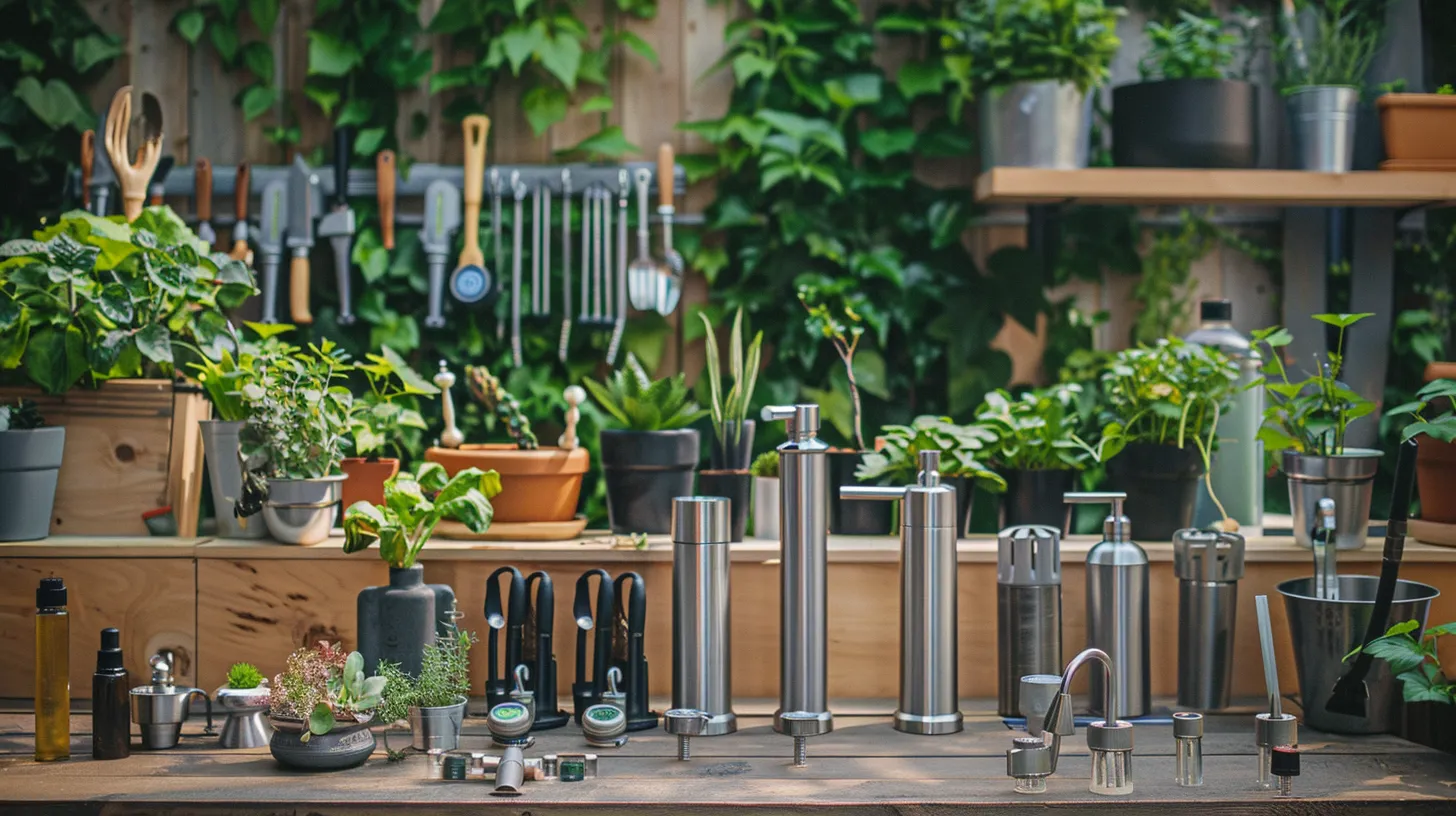
When selecting an outdoor water spigot, it is important to consider the specific water pressure requirements of your planned activities, making sure the fixture can meet the needs of your garden or yard. Taking into account the pressure needed for tasks such as watering, filling pools, or operating sprinkler systems is vital. A spigot that cannot provide adequate water pressure will lead to inefficiencies and could damage your outdoor equipment or plants.
Opting for a frost-free spigot is advisable for those living in colder climates. This type of outdoor faucet features a design that prevents water from remaining in the faucet's exterior parts, reducing the risk of freezing and subsequent bursting in winter conditions. This feature ensures longevity and reliability through harsh weather , making it a smart, cost-efficient choice.
Furthermore, the durability of the spigot's construction is paramount. Outdoor faucets are exposed to various elements, from extreme temperatures to physical impacts. A spigot with durable construction , typically made of high-quality metals or alloys, will resist corrosion , wear, and damage, providing dependable service year after year. Prioritizing robust construction will minimize the need for frequent replacements or repairs, ensuring that the faucet remains functional and effective for a long duration.
Step-by-Step Installation
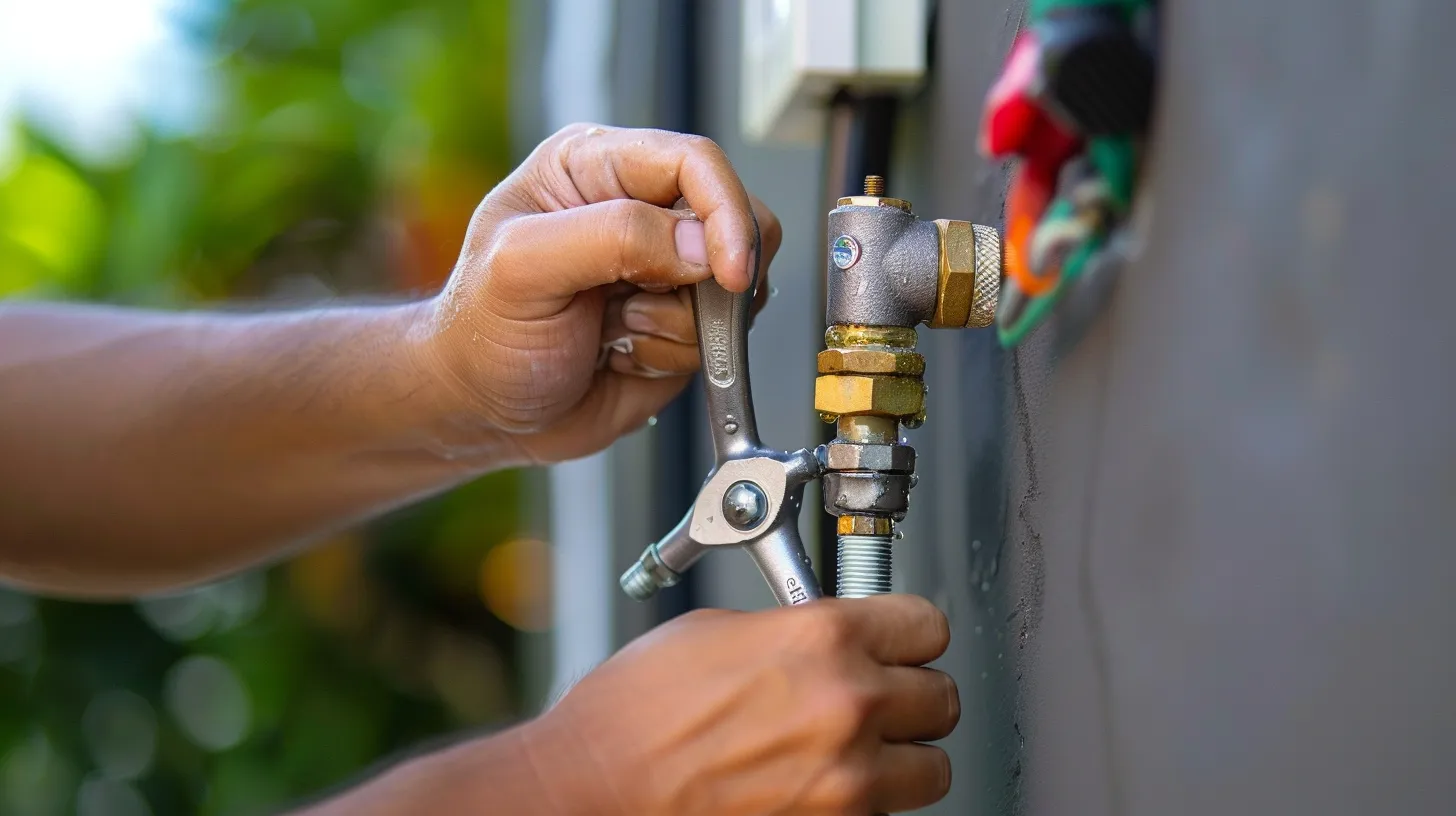
Having selected the appropriate outdoor water spigot , the next step involves its proper installation to guarantee peak performance and longevity. Begin by choosing the best location for your outdoor faucet, ensuring it is both convenient and accessible. This is important for ease of use and maintenance.
Start the physical installation by using a tubing cutter to precisely cut the piping needed. Secure the piping firmly against the wall to provide stability and prevent any future movement that could damage the connections. When installing a faucet, especially in colder climates, opt for a frost-free faucet . This type features a built-in mechanism to prevent water from freezing within the pipe, which extends the faucet's durability and functionality.
Next, focus on insulating the faucet . Apply insulation around the faucet's flange to safeguard against freezing temperatures . This step is essential in maintaining the integrity of your outdoor faucets during cold weather .
Routine Maintenance Practices
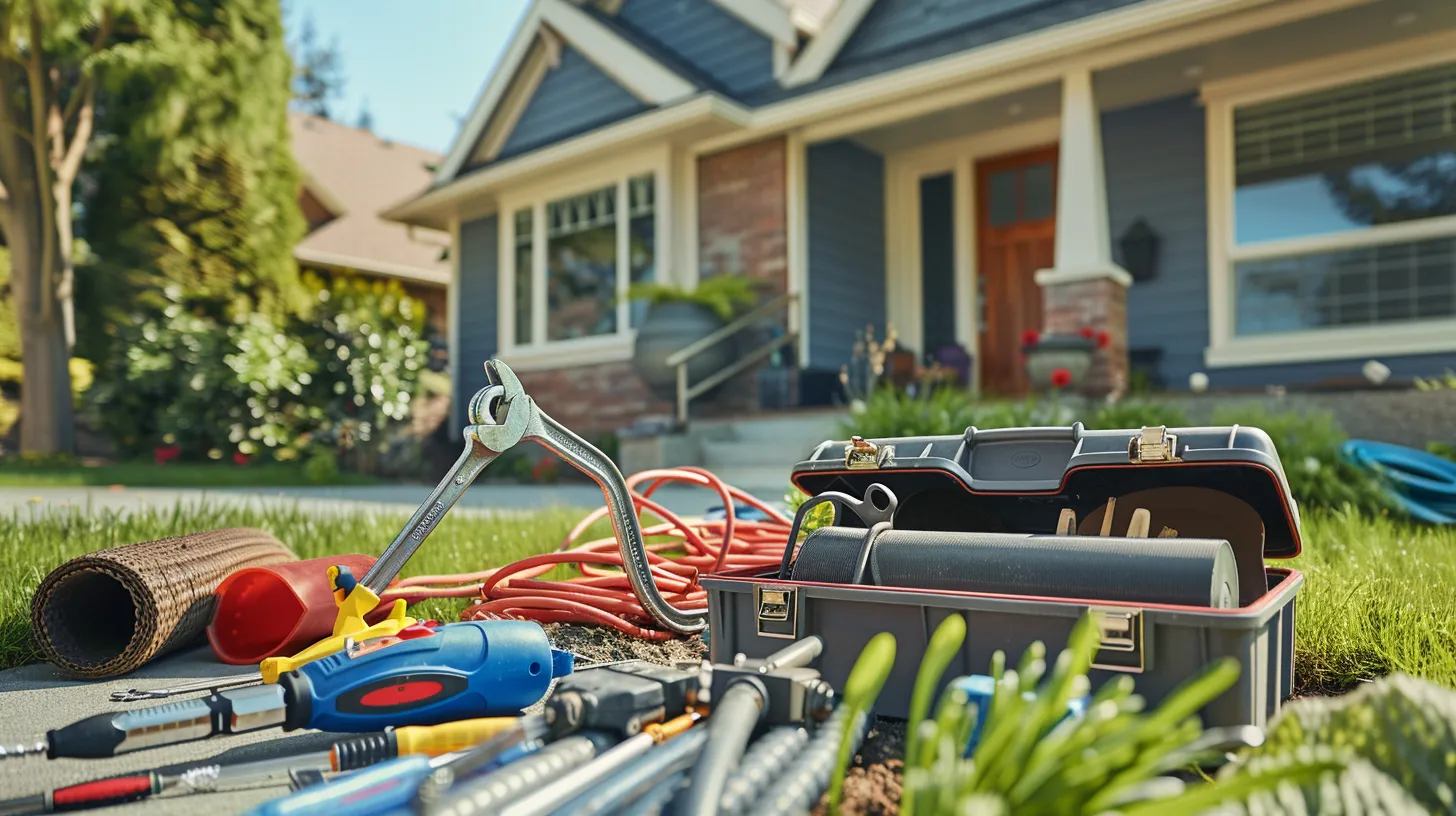
To guarantee the longevity and efficiency of outdoor water spigots , it is important to perform regular maintenance checks and cleanings. Neglecting these practices can lead to issues such as leaky outdoor faucets , which not only waste water but also increase your utility bills. To prevent water waste, it is essential to routinely inspect your spigots for any signs of leakage and replace worn washers immediately. This simple step is critical in maintaining your spigots in good condition and ensuring efficient operation.
Additionally, cleaning mineral deposits from your spigots can prevent blockages and maintain proper water flow. Using a simple solution of vinegar can effectively remove these build-ups, enhancing the performance of your faucets. Another key maintenance practice is the lubrication of moving parts . Applying plumber's grease to these components can aid in their smooth operation and prolong the fixture's life.
For homeowners with modern installations like Aquor House Hydrants , maintenance is straightforward and less frequent. However, it's still important to conduct periodic checks to make sure everything is functioning as it should. By adhering to these routine maintenance practices , troubleshooting common problems becomes simpler, preventing major repairs and extending the life of your outdoor water spigots.
Identifying Common Problems
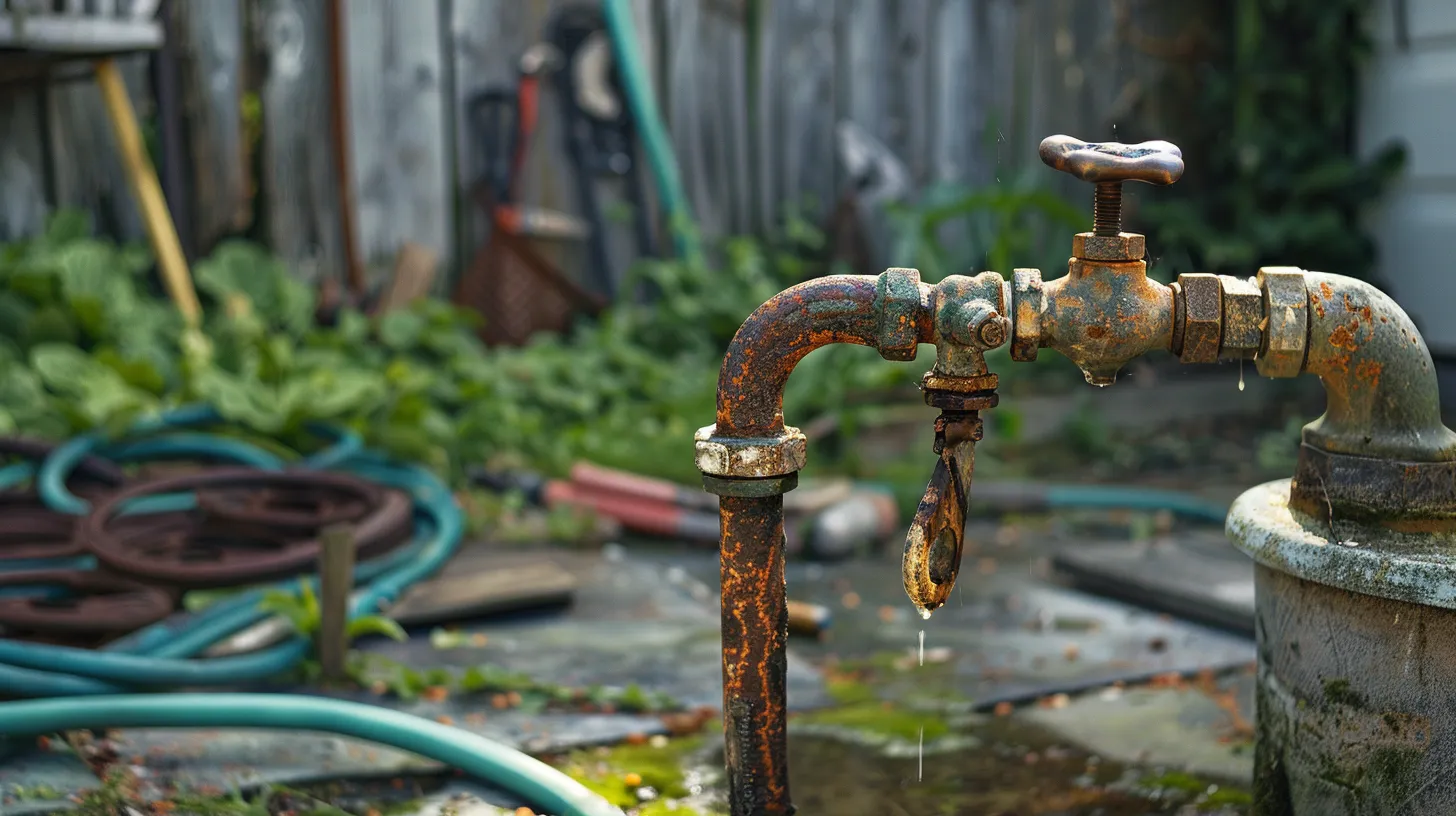
Identifying common problems with outdoor water spigots is essential for maintaining their functionality and efficiency. One frequent issue is leaks , often caused by worn-out washers , damaged spindles, or loose fittings. Addressing these early can prevent water wastage and reduce utility bills.
Another prevalent problem is low water pressure , which may stem from a clogged valve , a faulty pressure regulator, or broader issues within the water supply system. Such disruptions can diminish the effectiveness of your outdoor spigot.
Additionally, stiff handles can frustrate users, typically resulting from rust or debris buildup. Regular cleaning and occasional lubrication can keep the mechanisms smooth and operational.
Lastly, the risk of spigots freezing and bursting in cold weather cannot be underestimated. Preventing freezing is important and can be achieved through proper insulation techniques or by allowing a slight drip during extremely cold conditions to keep water moving within the pipes.
Understanding these common issues not only aids in maintaining your spigot but also ensures it operates efficiently year-round, safeguarding your home from potential water damage and ensuring reliable outdoor water access.
Effective Troubleshooting Techniques
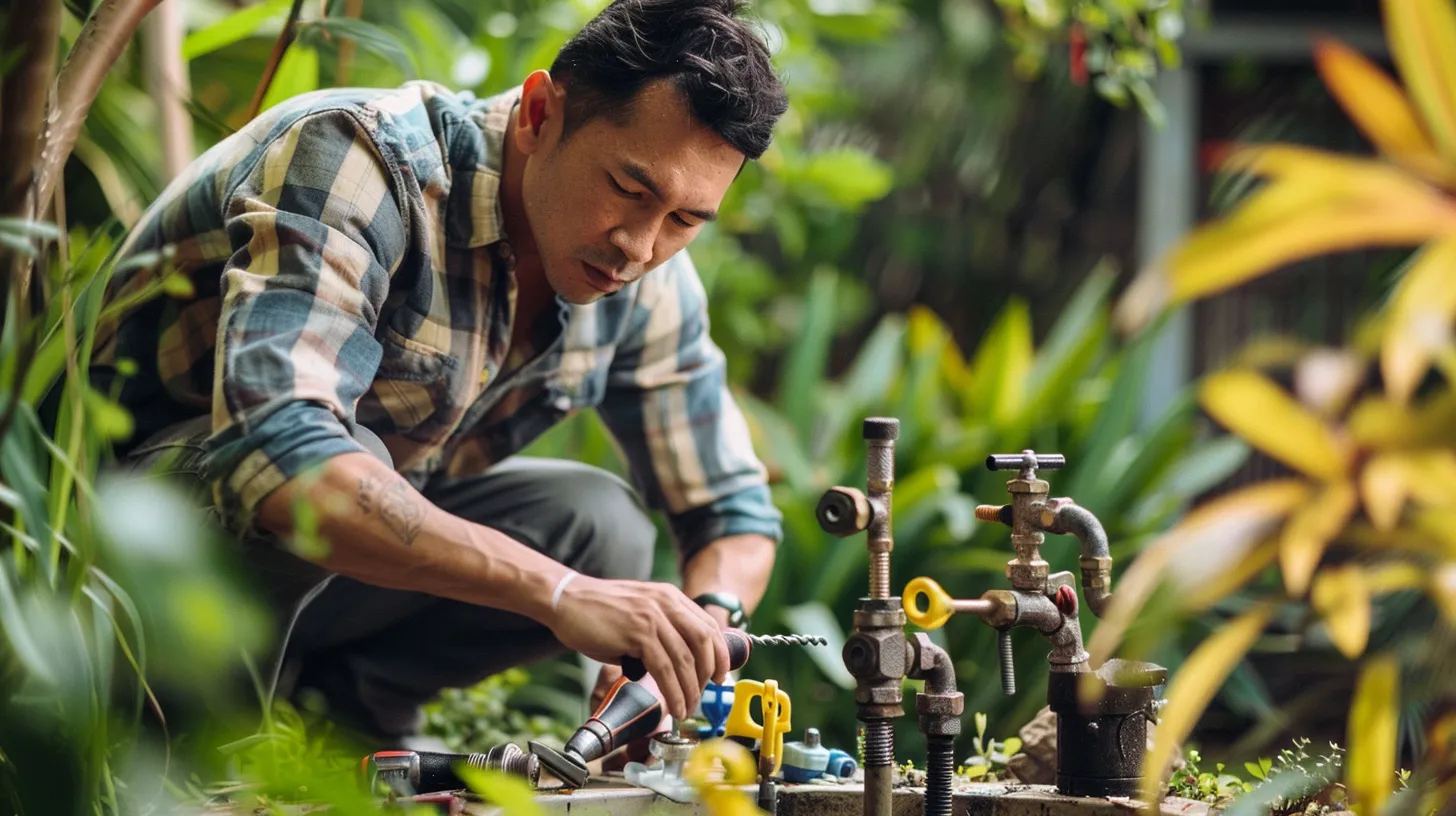
Effective troubleshooting of outdoor water spigots begins with a systematic examination of the component parts to identify and rectify common issues such as leaks , low pressure , or operational stiffness. For instance, a leaky spigot not only increases the water bill but can waste up to $1000 annually. Start by inspecting hose bibs for worn-out washers or damaged spindles, which are often the culprits behind such leaks.
When addressing low water pressure, check if a faulty pressure regulator is to blame or if there are blockages in the pipes. Sometimes, high water pressure can also impact the overall system's efficacy, necessitating a check of the pressure settings.
Operational issues such as a stiff valve handle can typically be resolved by checking for corrosion or buildup. If the handle is difficult to turn, applying a penetrating oil can help ease the stiffness and restore proper function.
Lastly, to prevent issues during colder months, make sure that outdoor faucets are equipped with insulated covers and that hoses are drained. Allowing a slow drip during extremely cold weather can also prevent the pipes from freezing, thereby maintaining the integrity of your outdoor water system.










